Links
Links to Russia
Dr. Westgard traveled to Moscow in the fall of 2009, as well as the Czech Republic. He details some of his experiences here.
October 2009
After spending almost the entire month of September at home (which hasn’t happened for many years due to my heavy travel schedule), Joan and I travelled to Russia at the end of the month for two meetings, then stopped in the Czech Republic for a workshop on our way home. We were once again amazed at the warm hospitality and wonderful people that we meet all over the world. Our thanks to Tatiana Yashina and Evgenia Levitina for their gracious welcome and care during our visit to Moscow and to Jakub Hejsek and Milan Srot for their hospitality and arrangements in the Czech Republic.
Moscow is a majestic city, even in cloudy and rainy weather. The Moscow River winds through the central part of the city creating some open spaces with panoramic views. Here’s one picture during the sunniest time of our visit.
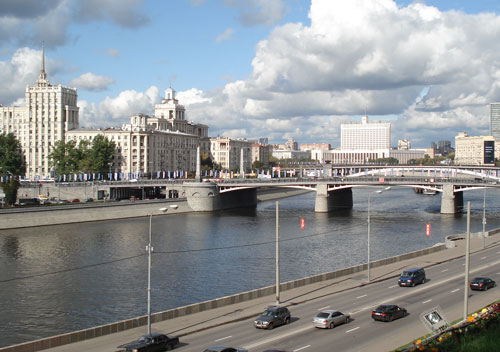
We toured the Kremlin, as you can see in this picture of me (below) standing in front of the “Tsar Canon.” We found out that “Kremlin” means a walled or fortified part of a city and is a general term that applies in many cities.
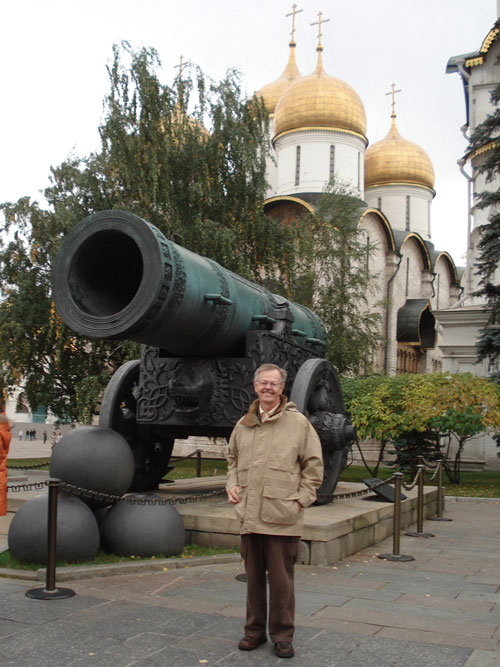
The Moscow Kremlin is a large fortified area that contains many buildings. We visited some of the churches and museums, including the Kremlin Armory and the Diamond Fund, which is one of the biggest collections of diamonds in the world. Right next to the Kremlin is Red Square, which extends to St. Basil’s Cathedral with its distinctive domes and spires. St Basil’s is one of the most memorable sites in all of my travels!
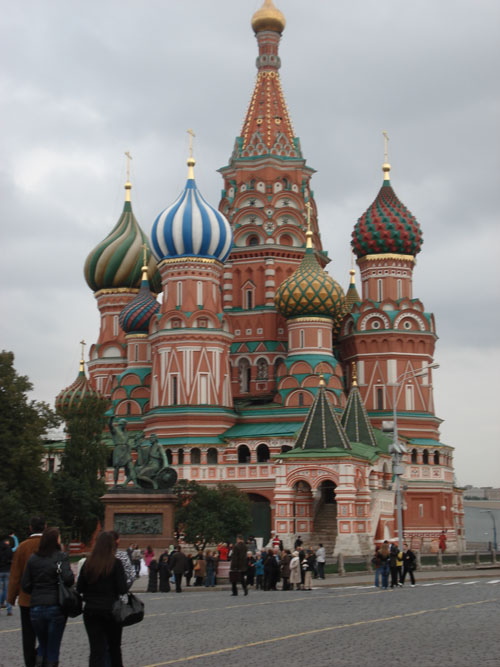
My lecture was well attended, as you can see by the picture of the audience with people sitting and standing in the aisles. The slides were in Russian with sequential translation. That makes it hard to read the audience, but I hope they found the material useful.
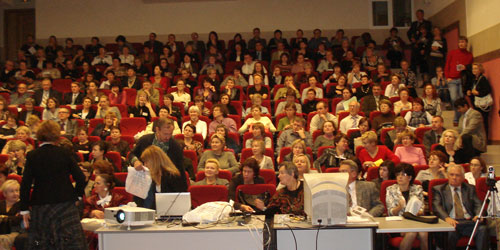
We had dinner at a very old and traditional Russian restaurant that evening. Here you can see our hosts Dr. Vladimer Malakhov, Dr. Evgeny Szikin, and Professor Vadim Menshikov. Dr. Malakhov is a long time friend, having visited us in Madison almost 20 years ago. Dr. Szikin translated all my slides into Russian and then translated my lecture and workshop presentations. And at dinner, I promised Professor Menshikov that we would write a discussion of Six Sigma Quality Management for the Russian Journal that he edits. Promises, promises,… but we will try to keep this one!
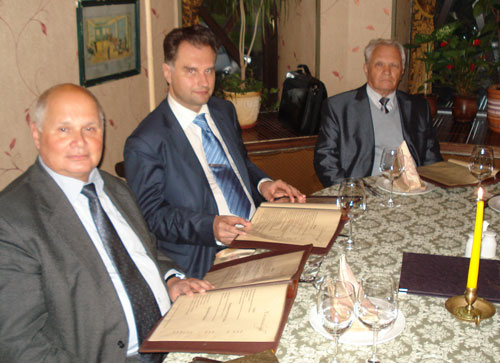
At the workshop the next day, the setting was less formal and I received many interesting and challenging questions. We also had some time for discussion after the presentation and I had an opportunity to meet many laboratory scientists.
In the Czech Republic, we visited the historic city of Telc, which is on UNESCO’s World Natural and Cultural Heritage list. The center of the city contains some unique architecture and history buildings.
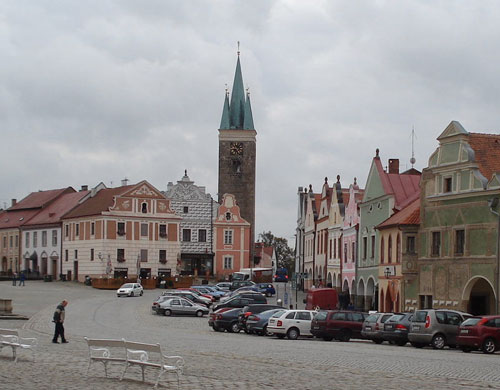
The Czech workshop was held in an old distillery that has been converted to a hotel with meeting facilities. We arrived in time for dinner and a wine tasting event, and were also entertained by a traditional folk band. I went to bed early, but I know many were dancing into the wee hours of the morning! Everyone showed up bright-eyed for the workshop. During the break I had time to talk with Ludek Sprongl, shown here also with Jakup Hejsek.
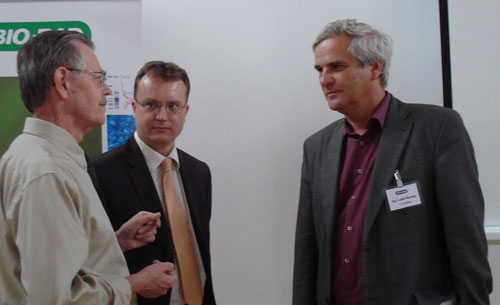
I also met up with my old friend Jan Balla from Slovakia. Joan and I visited with Jan and his wife Gretta a few years ago and they took us on a memorable walk in the High Tatras, a mountainous region of Slovakia.
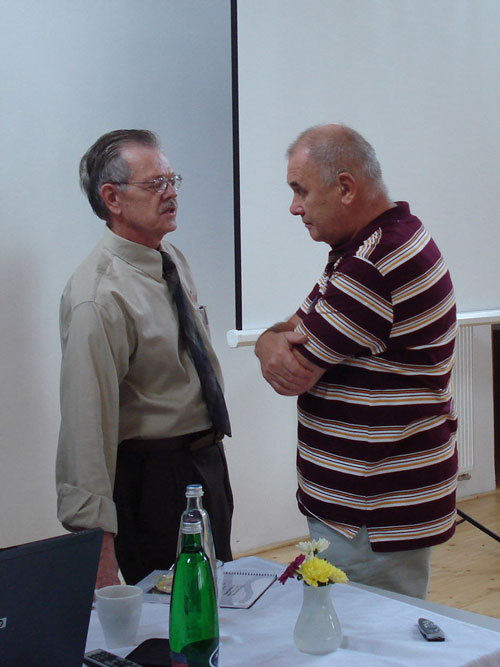
I promised the scientists who attended my lecture and workshop some references and links to materials on this website to provide background for my presentations:
- Our book, “Assuring the Right Quality Right: Good laboratory practices for verifying the attainment of the intended quality of test results,” is the central reference for these presentations
- The framework for quality management and the importance of quality planning is discussed in http://www.westgard.com/assuring-quality-through-total-quality-management.htm
- The application of sigma-metrics for assessing the quality of laboratory tests from proficiency testing results can be found at http://www.westgard.com/part-ii-touchstone-test-methodology.htm;
- The approach for designing statistical QC procedures is described in http://www.westgard.com/six-sigma-and-requisite-laboratory-qc.htm
- A description of the available QC design tools can be found at http://www.westgard.com/evolution-of-qc-design-tools.htm
- A more detailed description of the EZ Rules3 computer program can be found at http://www.westgard.com/essay80.htm
- For an introduction to the concepts and principles of Risk Management, see http://www.westgard.com/the-risk-management-process.htm
You will also find additional materials if you follow the “next” links at the end of each of these articles on the website.
